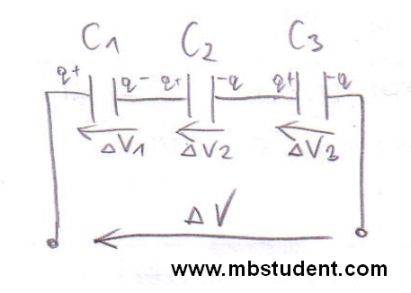General formula for RMS – root mean square
The RMS value interpretation based on the electrical current root mean square value.

W = \int{p \cdot dt}
W = \int{u \cdot i \cdot dt}
W = R\cdot \int{ i^{2} \cdot dt}
where:
W – work
p – temporal electric power
p = u \cdot i
u – temporal electric voltage
i – temporal electric current
If the electrical current is periodical then
W_{T} = R\cdot \int_{0}^{T}{ i^{2} \cdot dt}Root mean square value of the alternate electric current is an equivalent direct electric current which will produce exactly same amount of heat.
R\cdot \int_{0}^{T}{ i^{2} \cdot dt} = R \cdot I^{2} \cdot T
Dividing both sides of the above equation by resistance R
\int_{0}^{T}{ i^{2} \cdot dt} = I^{2} \cdot T
Next swapping sides in order to find relation for the DC electrical current I
I^{2} \cdot T = \int_{0}^{T}{ i^{2} \cdot dt}
Finally following is received
Root mean square value for the alternate electric current
I_{RMS} = \sqrt{\frac{1}{T}\cdot \int_{0}^{T}{ i^{2} \cdot dt}}
Root mean square value for the alternate electric voltage
U_{RMS} = \sqrt{\frac{1}{T}\cdot \int_{0}^{T}{ u^{2} \cdot dt}}







